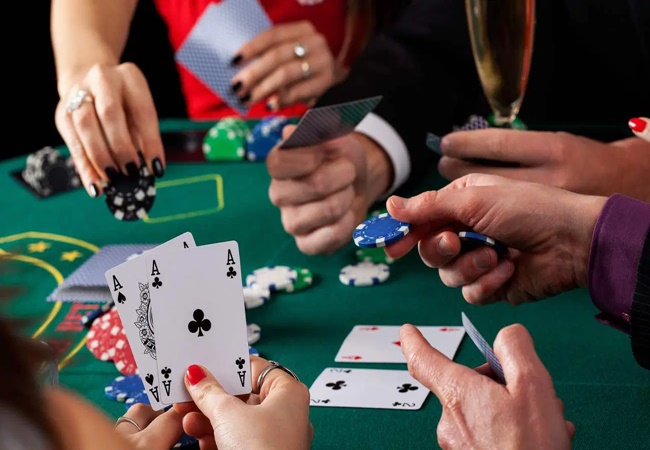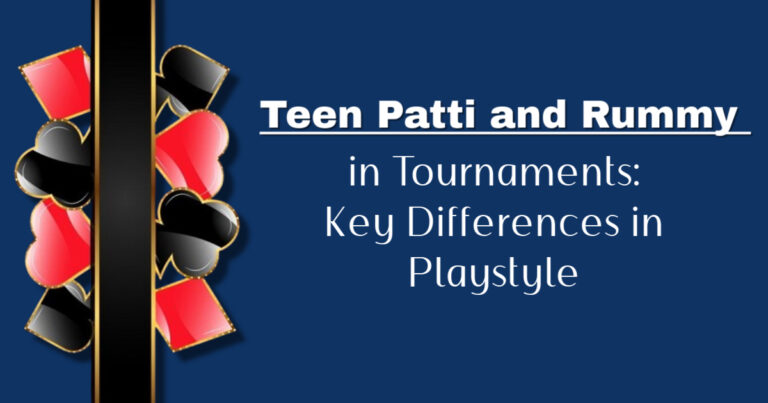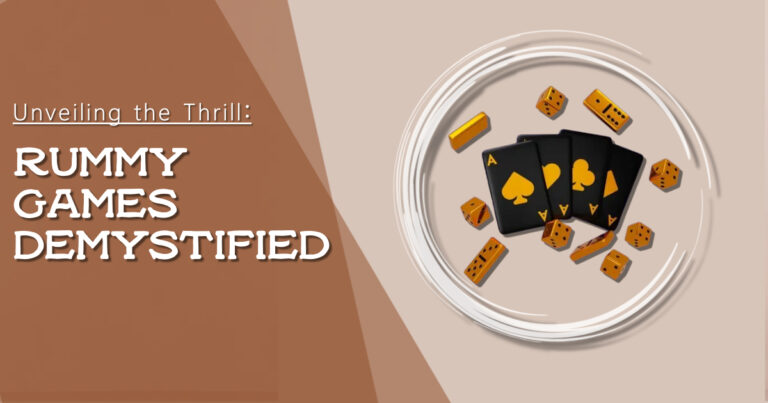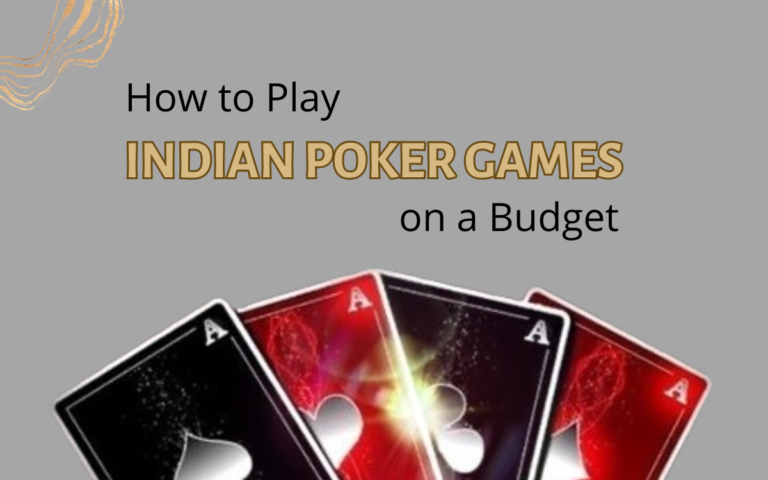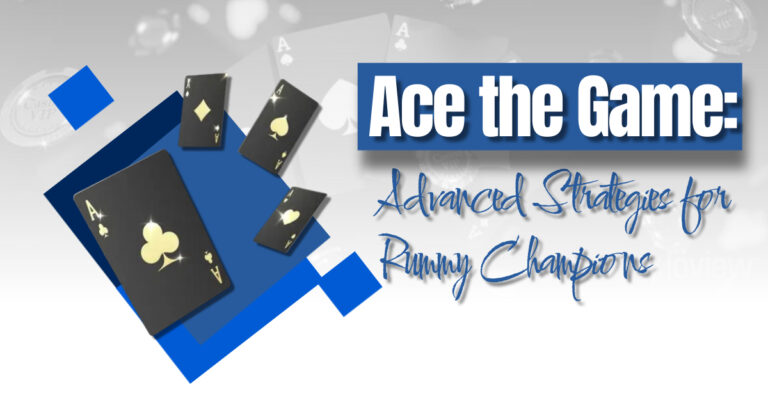The Role of Strategy in Indian Poker: How to Outsmart Opponents
Indian Poker game, known for its unique blend of skill, psychology, and strategy, requires players to think critically and anticipate their opponents’ moves. Unlike traditional poker games where players can see their own cards, in Indian Poker, each player holds a card on their forehead, visible to others but unknown to themselves. This creates an intriguing strategic element where players must rely on reading their opponents and making informed decisions.
The game is not just about luck; strategic play significantly impacts success, making it one of the Best Rummy Games to master. In this article, we explore the role of strategy in Indian Poker game and provide insights into how players can outsmart their opponents.

Understanding the Basics of Indian Poker Game
Before diving into strategies, it is essential to understand the fundamental rules of Indian Poker game:
- Each player receives one card, which they place on their forehead without looking at it.
- Players can see their opponents’ cards but not their own.
- Players place bets based on their perception of their own card, inferred from their opponents’ behavior.
- The highest card at the showdown wins unless all other players fold in Teen Patti Stars.
The game emphasizes bluffing, reading body language, and strategic betting, making it a fascinating exercise in psychology and probability.
Key Strategies to Outsmart Opponents
1. Reading Opponents’ Reactions
One of the most crucial aspects of Poker in India is the ability to read opponents’ reactions. Since you cannot see your own card, observing others’ behaviors and betting patterns can give you a strong indication of where you stand.
- If opponents quickly fold, your card is likely high.
- If they confidently raise, your card might be lower.
- Hesitation or uncertainty may indicate that they are unsure of their own position.
Developing a keen sense of observation helps players make better betting decisions and exploit opponents’ weaknesses.
2. Bluffing Effectively
Bluffing is an essential tool in Indian Poker game. Because players cannot see their own cards, they rely on the confidence projected by others. Mastering the art of bluffing can mislead opponents and lead to significant advantages.
Types of Bluffs:
- Aggressive Bluffing: Raising even with a weak card to force opponents to fold.
- Passive Bluffing: Checking or calling despite having a strong card to lure opponents into a false sense of security is a common strategy in poker tournaments.
- Reverse Bluffing: Playing weak with a strong card to maximize winnings when opponents underestimate you.
3. Understanding Probability and Card Distribution
Though Indian Poker involves psychological elements, understanding basic probability improves decision-making. Knowing the likelihood of high or low cards being in play helps estimate your potential standing in the game.
For example, if you see multiple opponents with low-value cards, the probability that you have a high card increases. Conversely, if you see high-value cards across the table, chances are your card is weaker, and folding might be the best option.
4. Bet Sizing and Risk Management
Proper bet sizing is critical in Indian Poker game. Making bets that align with your perceived strength or weakness is essential for long-term success.
- Small Bets: Useful when uncertain or attempting to extract information from opponents.
- Large Bets: Effective for exerting pressure, especially when bluffing or holding a perceived strong hand.
- All-in Moves: A high-risk, high-reward strategy that can force opponents into tough decisions.
Understanding when to be aggressive and when to be cautious is key to managing risk and maximizing rewards.
5. Psychological Warfare and Mind Games
Since Indian Poker game heavily relies on deception and perception, engaging in psychological warfare can unsettle opponents and give you an edge.
- Feigning Confidence: Even with a weak hand, acting confidently can intimidate opponents into folding.
- Playing Mind Games: Throwing subtle comments or gestures to mislead others about their card value.
- Maintaining a Poker Face: Keeping a neutral expression prevents opponents from reading your reactions.
By strategically controlling your demeanor and verbal cues, you can manipulate opponents into making costly mistakes.
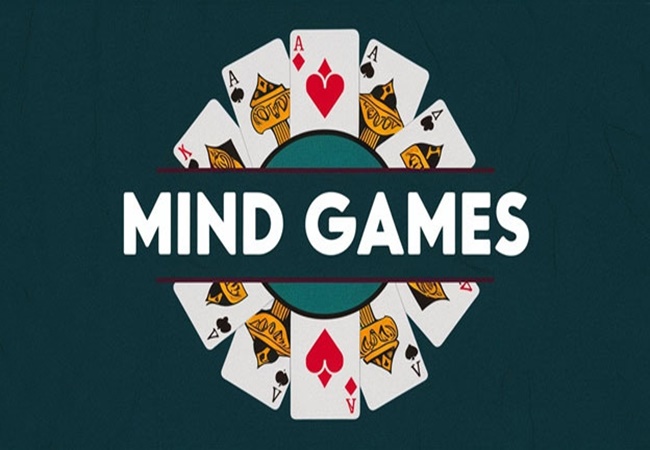
6. Adaptability and Opponent Profiling
No single strategy works every time in Indian Poker game. Adapting to different opponents and playing styles is crucial.
- Aggressive Players: Use their overconfidence against them by trapping them with well-timed calls.
- Conservative Players: Exploit their caution by applying pressure and forcing them to fold.
- Unpredictable Players: Play cautiously and gather as much information as possible before making big moves.
Studying opponents and adjusting strategies accordingly increases the likelihood of consistent wins.
Advanced Strategic Insights
Leveraging Table Dynamics
Observing how multiple players interact can offer deeper insights into gameplay. Understanding group psychology allows for exploiting common tendencies, such as bandwagon effects or overreactions to aggressive moves.
Positioning and Turn Order Influence
While Indian Poker game does not have positional advantages like Texas Hold’em, paying attention to turn order can be beneficial. Being later in the betting round allows more information to be gathered before making a move, enabling more informed decisions.
Capitalizing on Opponent Mistakes
Many players make common mistakes, such as overreacting to bets, failing to bluff effectively, or giving away information through body language. Identifying and exploiting these errors is a valuable skill.
Conclusion
The role of strategy in Indian Poker is profound, making it a game of intellect, deception, and adaptability. While luck plays a role, skillful players can consistently outmaneuver opponents through careful observation, effective bluffing, and sound betting strategies.
By mastering these tactics—Poker for beginners—reading opponents, bluffing, understanding probabilities, managing bets, engaging in psychological warfare, and adapting to different playing styles—players can significantly enhance their success rate.
Ultimately, Indian Poker is not just about the cards but about how well you can manipulate perception and outthink your opponents. Whether playing casually with friends or competitively, employing strategic gameplay ensures an exciting and rewarding experience.
